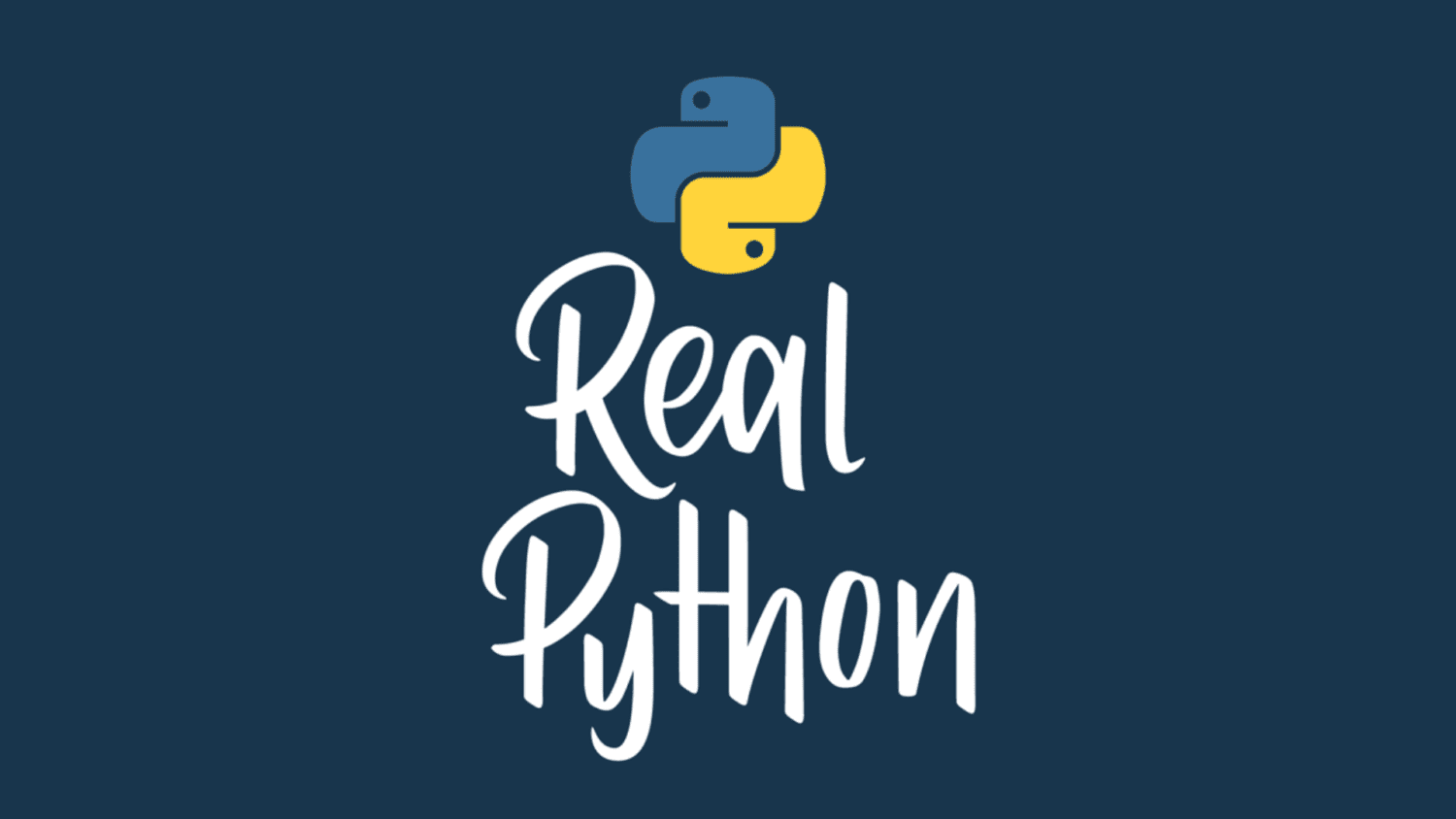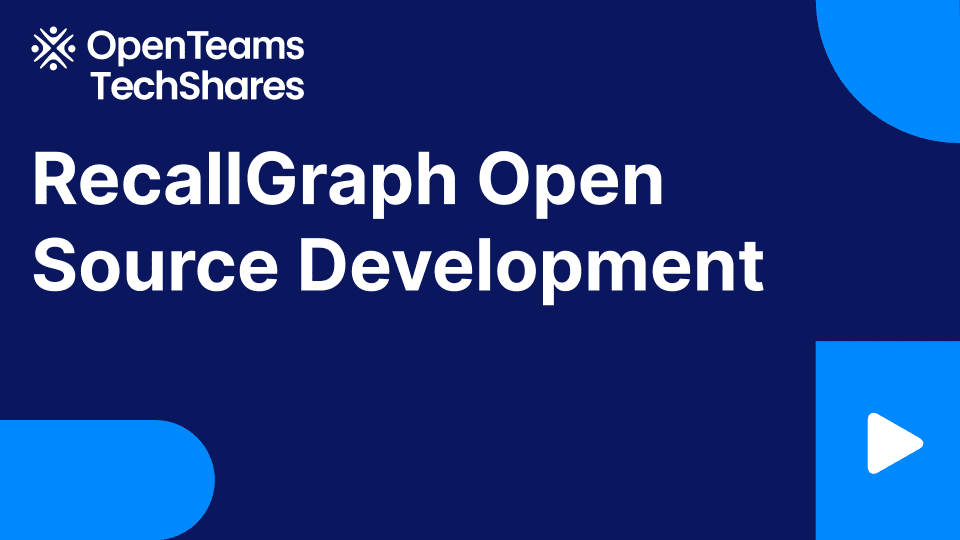
Mazes in Python Part 2: Storing and Solving
If you’re up for a little challenge and would like to take your programming skills to the next level, then you’ve come to the right place! In this hands-on video course, you’ll practice object-oriented programming, among several other good practices, while building a cool maze solver project in Python.
This is the second part in a two-part series. Throughout the series, you’re going step by step through the guided process of building a complete and working project. This includes reading a maze from a binary file, visualizing it using scalable vector graphics (SVG), and finding the shortest path from the entrance to the exit.
In this video course, you’ll learn how to:
- Define a specialized binary file format to store the maze on disk
- Transform the maze into a traversable weighted graph
- Use a graph search algorithm in the NetworkX library to find the solution.
To get the most out of this video course, make sure you’ve completed Part 1: Building and Visualizing.
[ Improve Your Python With 🐍 Python Tricks 💌 – Get a short & sweet Python Trick delivered to your inbox every couple of days. >> Click here to learn more and see examples ]




